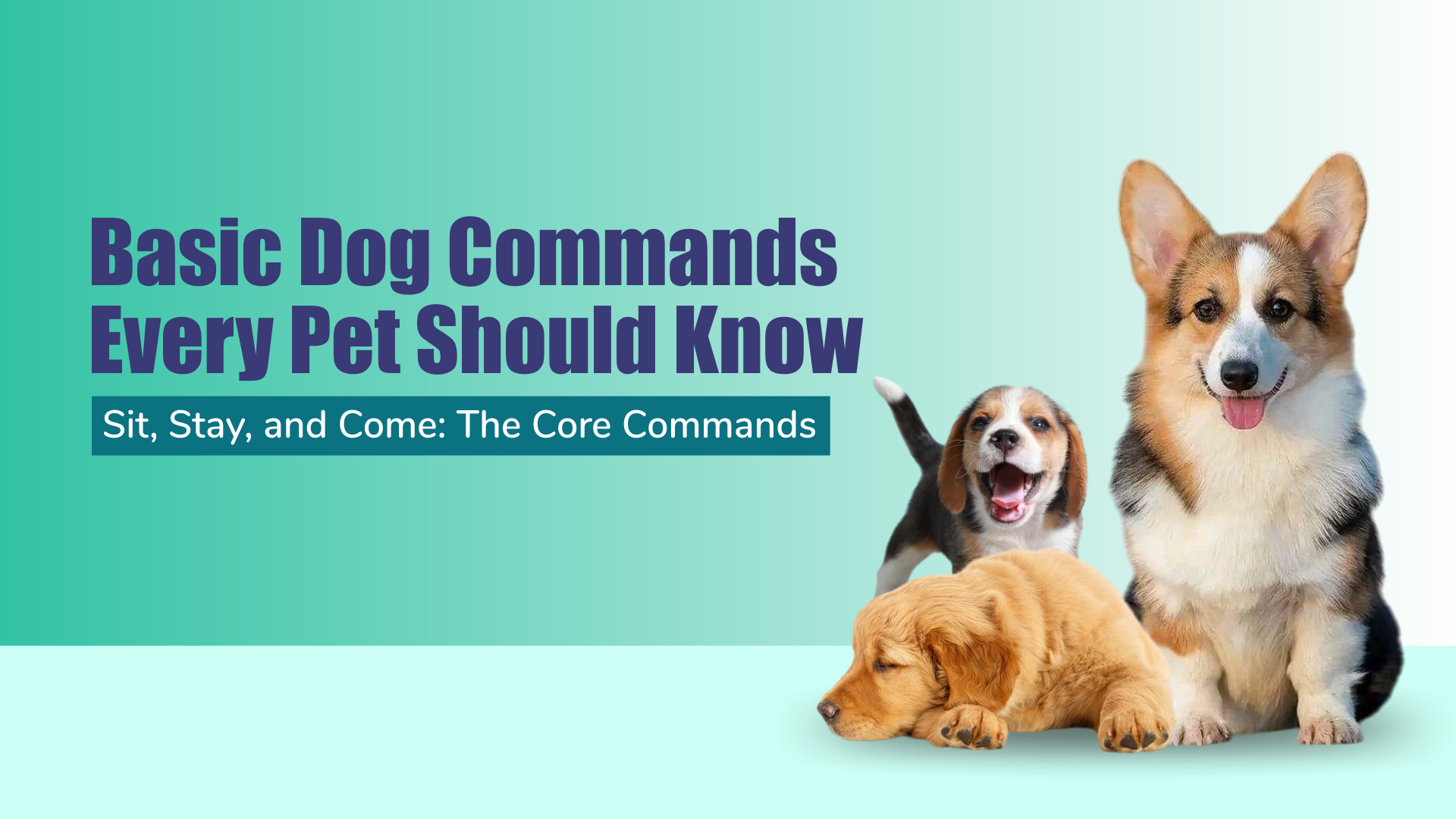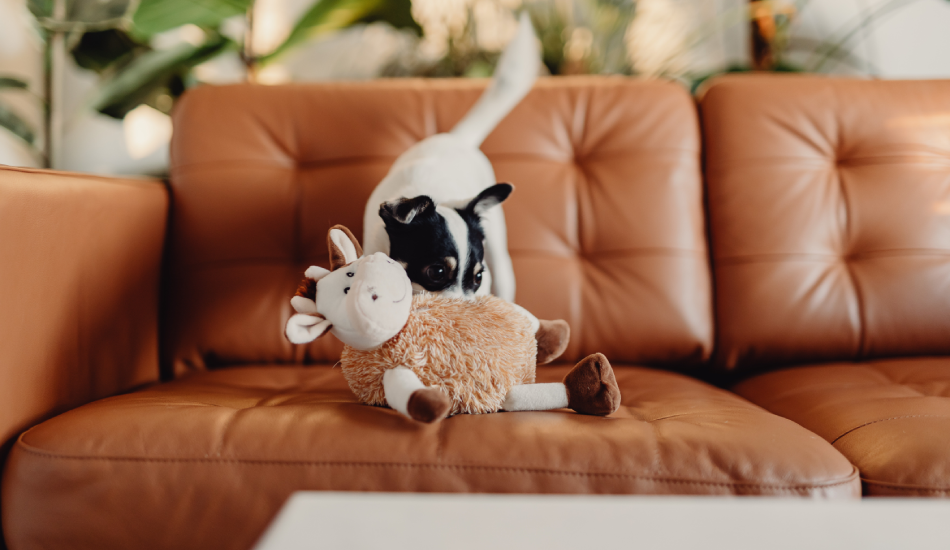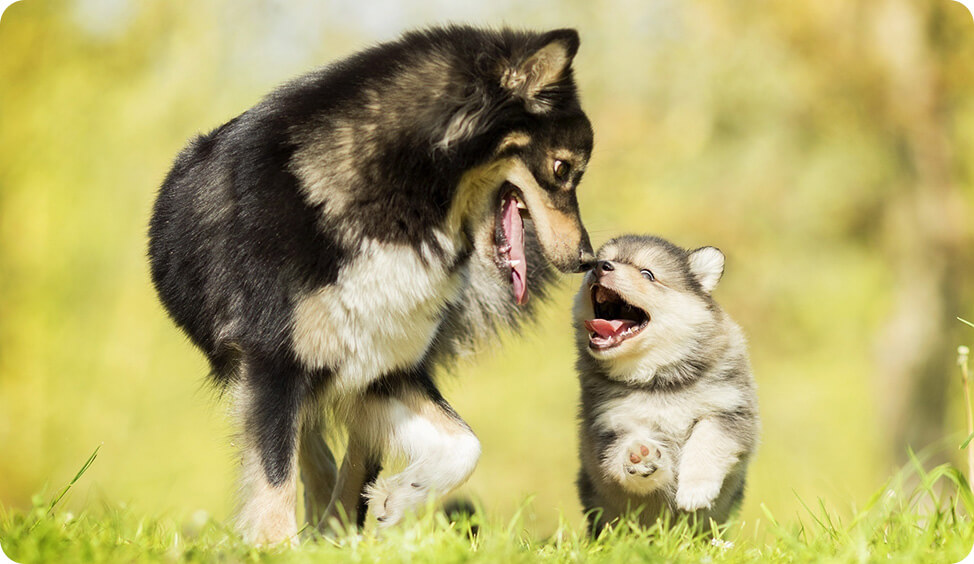Dog Training Guide: Tips for a Well-Behaved Pet

There’s nothing quite like the unconditional love of a dog. Those big, trusting eyes, the excited tail wags, and the way they look at you like you’re their whole world. But as much as we adore our furry friends, a well-trained dog is a happy dog. Training isn’t just about obedience, it’s about communication, trust, and strengthening that beautiful bond you share. Let’s explore the heartfelt journey of dog training, ensuring your beloved pup grows into a well-mannered and joyful companion.
How to Train a Dog: A Step-by-Step Approach
Training your dog isn’t just about teaching commands. It’s about opening a line of communication that deepens your bond. With patience, consistency, and love, you can help your dog feel safe, confident, and eager to learn. Let’s start this journey together.
Understanding Your Dog’s Learning Style
Every dog is unique. Some are eager to please, while others have an independent streak. Some will do anything for a treat, while others just crave your praise. The key is to observe, listen, and adapt. Notice what makes your dog’s tail wag in excitement and what keeps their attention during training.
Setting Realistic Goals for Training Success
Training takes time, patience, and regularity. Just like a toddler learning to talk, your dog won’t master everything overnight. Here are some basic dog training tips
- Start small – Begin with simple commands like sit and stay before moving on to advanced tricks.
- Be patient – Celebrate small victories! Every step forward is progress.
- Stay consistent – Use the same words and gestures so your dog doesn’t get confused.
And most importantly, never compare your dog to another. Each pup has their own pace. What matters is the love and trust you’re building together.
Positive Reinforcement: The Key to Effective Training
Dogs thrive on love and encouragement. Positive reinforcement dog training is all about rewarding the good rather than punishing the bad.
- Treats, toys, and praise – Reward every success with something they love.
- Avoid punishment – Harsh discipline leads to fear, not learning.
- Timing is everything – Reward them immediately so they understand what they did right.
Your dog wants to make you happy, help them understand how. Kindness, patience, and a handful of treats go a long way in shaping a well-behaved and confident pet.
Dog Obedience Training: Building a Strong Foundation
An obedient dog is not just a well-mannered pet—it’s a dog that feels safe, secure, and deeply connected to you. Through obedience training, you build a relationship based on trust, respect, and love.
The Importance of Obedience Training for Dogs
Obedience training is more than just commands—it’s about creating a deep connection built on trust. A well-trained dog is a dog that feels secure in their home and knows what’s expected of them. It makes everyday life easier and safer, preventing issues like jumping on guests, running into danger, or excessive barking.
Teaching Essential Obedience Commands
Start with these life-saving commands:
- Sit – The foundation of all training.
- Stay – Helps prevent accidents and keeps your dog safe.
- Come – Vital for recall, especially outdoors.
- Down – Encourages calmness in exciting situations.
Use short, clear words and always reward success. Keep sessions fun and short, ending on a positive note.
Common Mistakes to Avoid in Dog Obedience Training
Even the most loving pet parents can make mistakes. Here are some pitfalls to watch out for:
- Inconsistency – Using different words for the same command confuses your dog.
- Losing patience – Dogs can sense frustration; stay calm and encouraging.
- Expecting too much, too soon – Celebrate small progress and be realistic.
Basic Dog Commands Every Pet Should Know

Basic commands are more than just tricks—they are the foundation of a well-balanced dog. These commands bring structure, safety, and a deeper level of understanding between you and your furry friend.
Sit, Stay, and Come: The Core Commands
These three basic commands lay the groundwork for a well-mannered dog. Mastering them creates structure and keeps your dog safe in everyday situations.
- Practice in short bursts to keep your dog engaged.
- Reward generously to reinforce good behaviour.
- Be consistent with your words and tone.
Leash Training and Walking Etiquette
Every dog owner dreams of peaceful, enjoyable walks—but without proper training, leash pulling can turn a walk into a battle.
- Start in a distraction-free area.
- Use positive reinforcement for a loose leash.
- Stop walking if they pull; reward when they walk calmly.
With patience, your dog will learn that walks are about exploration, not tug-of-war.
Teaching Advanced Commands to Your Dog
Once your dog masters the basics, challenge them with advanced tricks like:
- Fetch – Great for exercise and mental stimulation.
- Roll over – A fun trick that strengthens your bond.
- Play dead – Impressive and mentally engaging.
Keep it light-hearted and rewarding, and your dog will love learning new skills.
Read More - Best Dog Games to Play with Your Pet
FAQs
Q.) How long does it take to train a dog?
It depends on the breed, age, and consistency of training. Basic commands can take a few weeks, while full obedience training may take months. The key is patience and persistence!
Q.) Can I train my dog at home without professional help?
Absolutely! Many dogs can be trained at home with the right approach. Basic training for puppies is simple yet you need to put in consistent efforts. However, if you face challenges, a professional trainer can provide valuable guidance.
Q.) What are the best rewards for dog training?
It depends on your dog! Try:
- Treats – Small, tasty, and irresistible.
- Praise – A happy “Good boy/girl!” works wonders.
- Toys – Playtime as a reward.
Experiment to find what excites your dog the most.
Q.) How do I address behavioural issues during training?
Identify the root cause and remain patient. Common solutions include:
- Redirecting negative behaviour.
- Rewarding positive actions.
- Seeking professional help if needed.
Q.) How to stop a dog from biting?
Biting is often a sign of teething, fear, or overstimulation. Try:
- Providing chew toys.
- Saying “No” firmly but gently.
- Redirecting to appropriate behaviour.
If biting persists, seek guidance from a professional trainer.
Q.) How to train a dog to sit?
- Hold a treat near their nose.
- Move it slightly over their head so they naturally sit.
- Say “Sit” as they do and reward them immediately.
Repeat with patience and love, and soon, your dog will sit on command!
Training your dog isn’t just about commands—it’s about deepening your bond, building trust, and creating a lifelong friendship. Every wag, every eager glance, and every success along the way is a testament to the love you share.
So, take a deep breath, grab some treats, and enjoy this beautiful journey of learning together.























The information below is required for social login
Create New Account